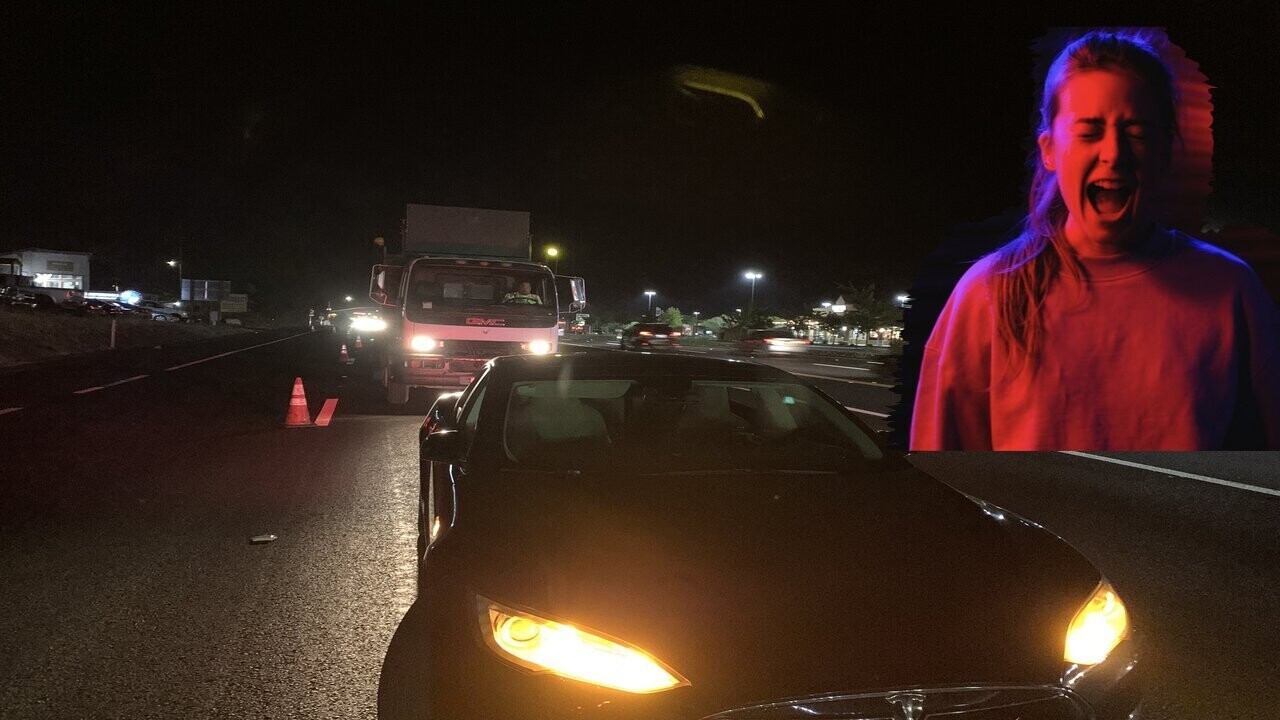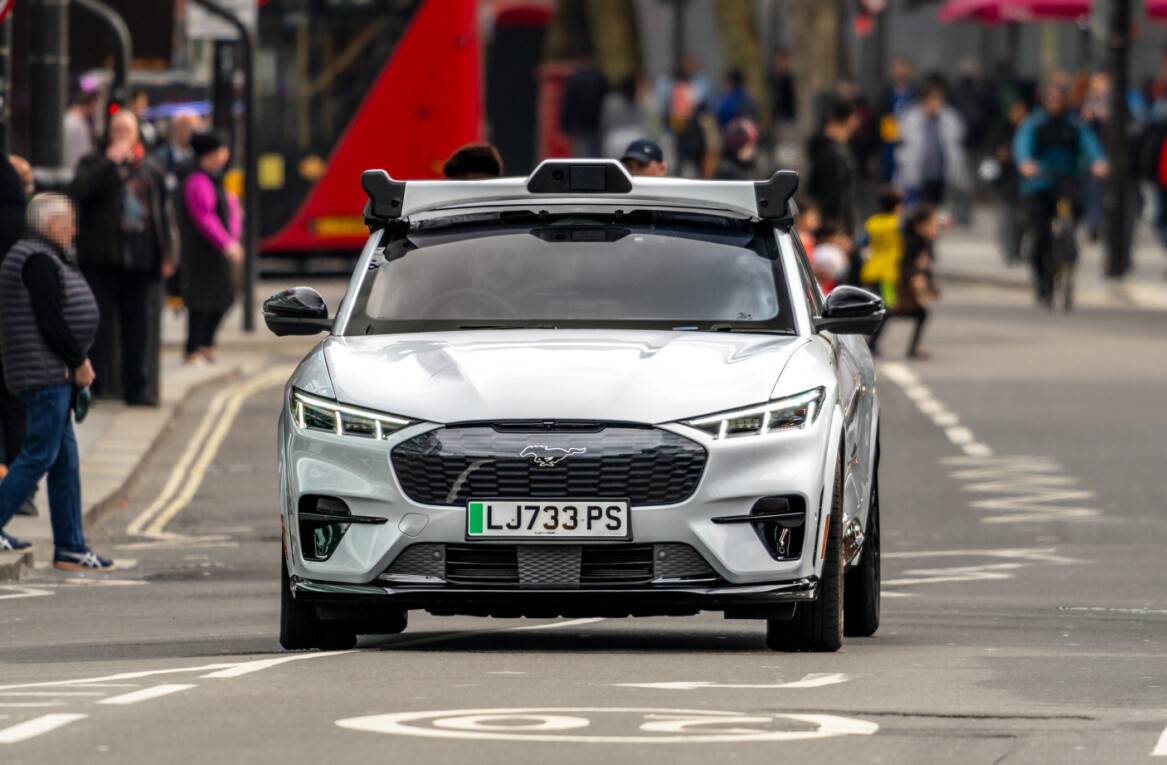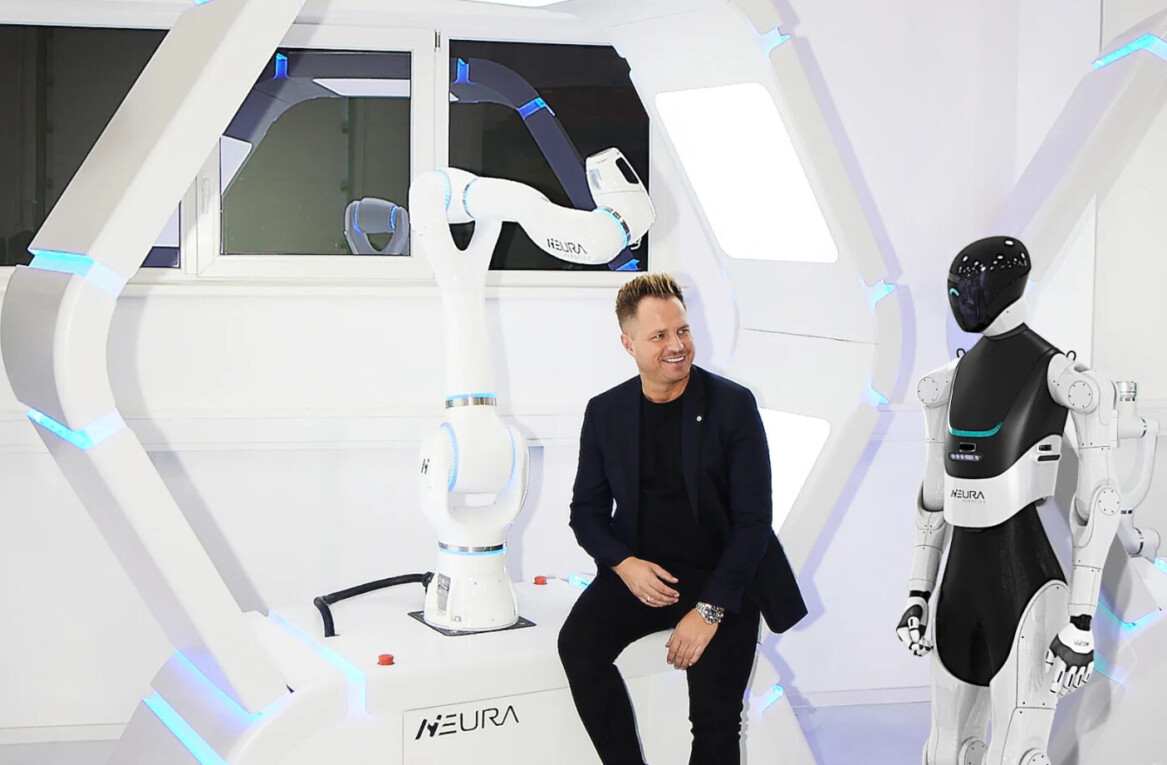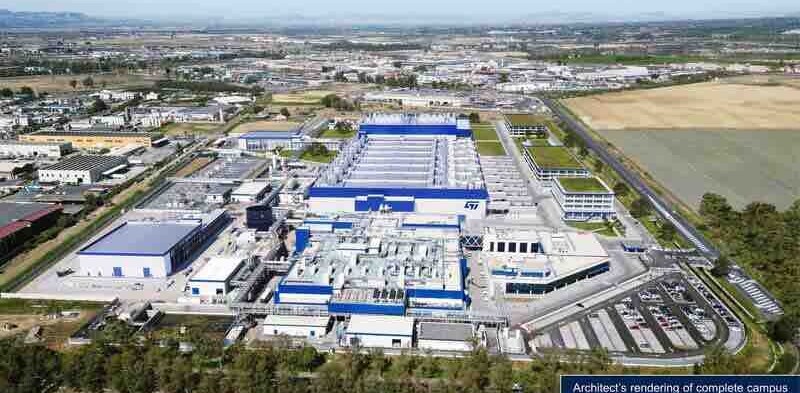
Have you ever been in a situation where your car suddenly stops for no obvious reason? Ok, no worries, you are thinking, you can just push your car to the side of the road. But in the case of a Tesla or other electric vehicle, this is not always possible.
Well, this happened to Alan Puccinelli, who shared his experience on Twitter. I recommend reading the whole thread published a few hours after the event.
The joys of living on the bleeding edge- a thread:
On the way to dinner tonight my @Tesla literally locked up IN THE MIDDLE OF THE HIGHWAY! A message Ive never seen before popped up saying “Vehicle May Not Restart: Service required”
Well thats no good I think… pic.twitter.com/Q4Dm492y4Z
— Pooch @Repkord (@repkord) September 23, 2021
It starts: “On the way to dinner tonight my @Tesla literally locked up IN THE MIDDLE OF THE HIGHWAY! A message I’ve never seen before popped up saying “Vehicle May Not Restart: Service required”

It gets worse:
No sooner do I have that thought than the car starts beeping madly saying “pull over immediately! Insufficient power” and then everything just locks up. No ability to shift to neutral. No releasing parking brake/ emergency override. The car is bricked in the middle of a 6 lane highway.
There was no time to even get to the shoulder. I’m dead in the water in the middle lane of southbound traffic.
You’re probably thinking, “oh shit,” about now. I spoke to Alan to find out more. Fortunately, the hazard lights worked in his Model S Tesla, and the doors opened. He could also open the windows. Luckily, some nearby California Department of Transportation (Caltrans) workers could help cone off the car and help direct traffic around it until a tow truck showed up 45 minutes later.
Not just Tesla
Ok, hold up before you send me hate letters for writing anything negative about Tesla. Let’s get to the big white lumbering elephant in the room (or on the road). This is a problem NOT limited to Tesla.
According to Jason Torchinksky, this is an industry-wide problem with EVs. Every EV has some way to get the car into neutral. But all the major EVs sold require the car to be at least partially functional to access the controls to get it into a tow or free-rolling mode, as these are usually accessible through the car’s center-stack touch screen.
For example, Ford and Tesla require the touch screen to be functional, meaning you need access to at least some 12V or main battery power.
As Alan noted:
When buying the car, I had no idea that I wouldn’t be able to push the car. Tesla rates as one of the safest vehicles on the road.
Who you gonna call?
Even worse, when Alan’s car bricked it, he lost the main power to the console of your car, and the ability to look at the manual. “I can’t just open up a glove box and refer to how do X.”
Alan thankfully had his phone. Tesla roadside support is only available through text chat support. Yep, you’re stuck in the middle of a highway frantically typing on your phone. There is no number listed anywhere.
He recalls:
It really frustrated me that there was no ability to escalate or convey a better sense of urgency.
Fortunately, he finally found a number via Google to speak to a live human and found that they had already escalated the situation through customer support.
The problem of towing a Tesla or other EV
However, if you fail to use a Tesla authorized service, you risk them not reimbursing your insurance repair costs. Further, transporting a bricked Tesla is complicated, requiring a bit of know-how, or you face the risk of damaging your car during towing further and even voiding the warranty. Many electric vehicles don’t have a neutral position, allowing the car to move the wheels without affecting the motor.
Alan shared:
I was fortunate that the tow truck driver had received more training than the average. I imagine moving forward, this is going to be more common and will require training. It’s a bit disconcerting when the guy says, ‘oh, I have to deal with these things all the time’….”
There is literally no manual override
Earlier this year, Porsche recalled the Taycan electric four-door after the National Highway Traffic Safety Administration’s (NHTSA) Office of Defects Investigation received complaints that vehicles completely lost power while owners were operating the electric cars.
Further, there are situations where electronic parking brake system fails on ICE vehicles, which shows that digital hazards aren’t restricted to EVs.
We can’t get the basics right. What does this mean for the future of vehicle automation?
Ok, so let’s break down the issues of Alan’s Tesla failure. We have no manual override to get the car to a safe place. If the dashboard is not functioning correctly, we have no means to access the manual. If we want to call a service rep in an emergency, we’re supposed to type to them in chat. If our car needs towing, we risk damaging the engine in the process.
To say it’s a woeful scenario for EVs is an understatement. It bodes even worse for autonomous vehicles. Automakers have promised us a future where cars are smart, connected, and intuitive — and able to think and act without human intervention.
Alan noted:
Tesla prides itself that a car should know what it needs. For example, when it’s raining, it will turn the windshield wipers on
But when it comes to a severe situation, it’s a disaster.
These cars don’t sound very smart
To me, a truly smart car could diagnose and respond to system failure. In an ideal world it would be something like, when the car is malfunctioning, it can alert the driver, get somewhere safe of its own volition (ok, not always possible). It should be able to send a message to road services to send out a crew.
Service staff should be able to take over car functionality remotely or send an over-the-air update if the problem is digital, not mechanical. These basic safety capabilities are just not there yet in an unpredictable scenario.
So what was wrong with Alan’s Tesla?
A Tesla service advisor attributed the failure due to an isolation fault in the rear-drive unit. Alan shared:
They confirmed based on this failure and how the car locked down, there was nothing I could have done to get the vehicle to roll despite my repeated efforts to activate tow mode and release the e-brake via the console while it was still available. They didn’t know if this failure mode could still occur with a new drive unit or if they could push a software fix. Nor did they seem to know how pervasive this issue could be with newer/other models.
Alan sent a letter to Tesla explaining the incident. The issue has been escalated to corporate, but he’s still waiting for a response. As he told me:
Oversights happen, but if this was an oversight, what else are they overlooking?
Do EVs excite your electrons? Do ebikes get your wheels spinning? Do self-driving cars get you all charged up?
Then you need the weekly SHIFT newsletter in your life. Click here to sign up.
Get the TNW newsletter
Get the most important tech news in your inbox each week.





